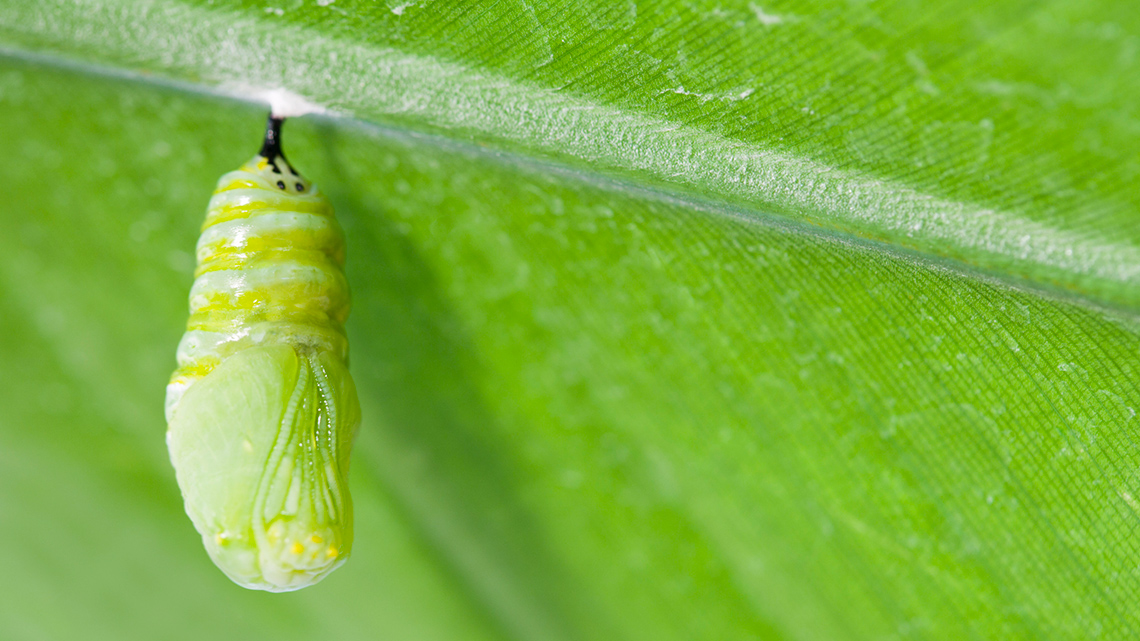Minds On
Today’s vocabulary

Press the following tabs to access today’s vocabulary.
An element of dance that includes rhythm, tempo, accent, and duration.
- rhythm–patterns of movement and rest
- tempo–how fast or slow a movement is performed
- accent–a strong movement or gesture used to create emphasis or focus
- duration–how long a movement lasts
Press the following tabs to access today’s vocabulary continued.
Let’s get started!
Let’s start by thinking about the life cycle of the butterfly.
Explore the following images:
What movements might someone use to represent each stage of a butterfly’s life cycle?
Press ‘Hint’ to access a detail.
- What movement or pose might best represent the egg stage?
For example, a low level, or a curved shape. - What movement might best represent the caterpillar stage?
For example, low level, and slow movements. - What movement might best represent the chrysalis stage?
For example, a high level, or a curved shape. - What movement might best represent the butterfly stage?
For example, a high level, smooth, and fast movement.
Safety
Before you begin:
Try It
Your turn!

If possible, try out your movements or poses for each stage of a butterfly’s life cycle.
Share your movements with a partner, if possible.
Action
Get ready, get set…
Now, let’s focus more closely on some of the stages of a butterfly’s life cycle.

Life cycle of a butterfly
This is the life cycle of a butterfly. The cycle begins with the eggs. There are tiny butterfly eggs on a leaf. These eggs will hatch into tiny larvae or caterpillars.
The next stage is the caterpillar. The caterpillar eats leaves and hangs upside down to form a chrysalis.
The third stage is known as the chrysalis. The chrysalis hangs from branch or leaf while the caterpillar goes through a change to become a butterfly.
The final stage is the butterfly. The butterfly emerges from the chrysalis as an adult butterfly. The butterfly will also lay eggs, and the cycle will continue.
For each stage, select the corresponding image.
Did You Know?
Did you know?

Did you know that dance can be used to tell stories?
Instead of reading the words, dancers use their bodies and movements when they are storytelling.
Poem
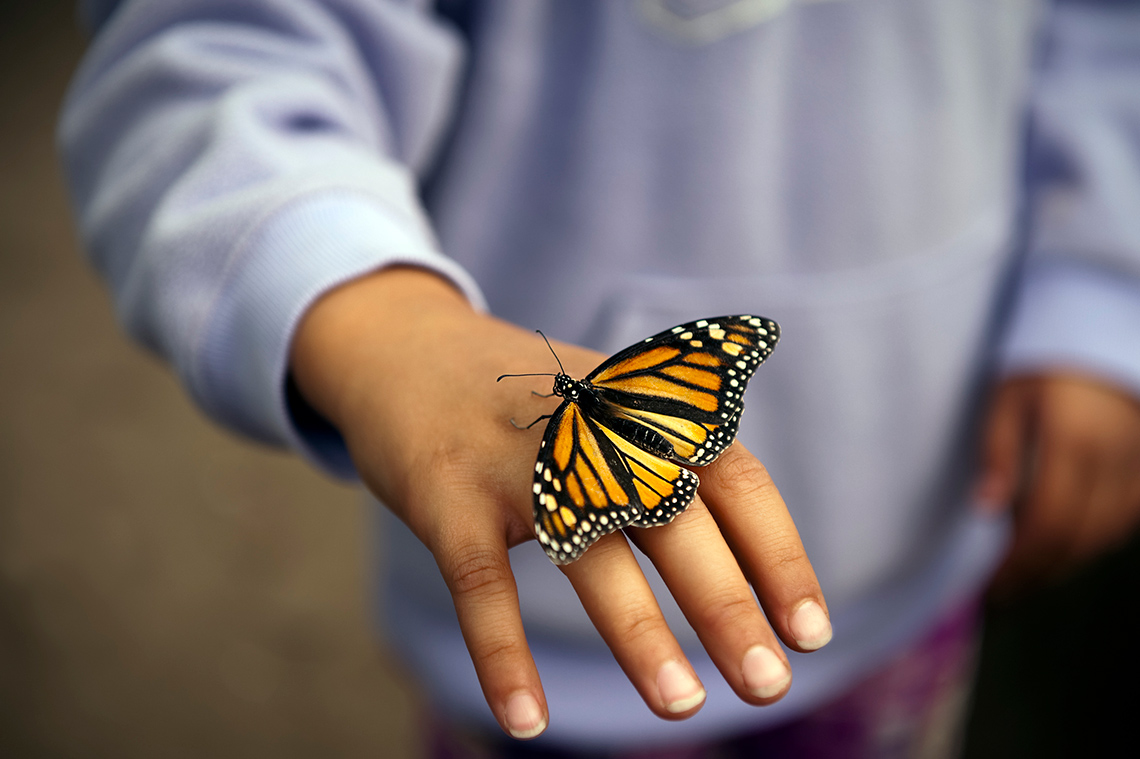
Let’s check out a few lines from a poem about the butterfly and its life cycle.
Explore the following stanzas from the poem, “What Will I Grow Up to Be?”
Press the following tabs to access the stanzas.
Pause and Reflect
Pause and reflect
Think back to the life cycle of a butterfly, what are the stanzas about?
Record your ideas in a notebook or another method of your choice.
Press ‘Let’s Check!’ to access a possible response.
The stanzas are about the first two stages of the butterfly life cycle.
In the first stage, the tiny egg begins the butterfly life cycle.
Then, in the second stage, the egg is pushed open, and out comes a wiggly caterpillar.
Task 1: Words and movements
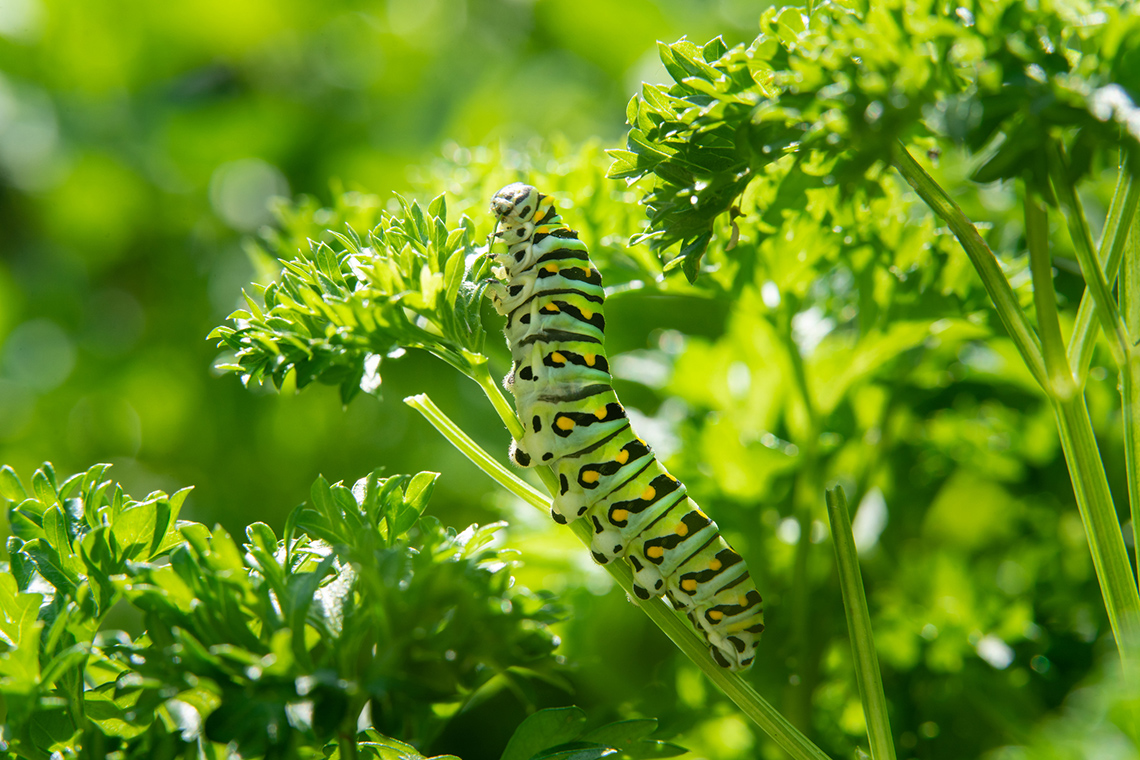
We can use the poem’s stanzas to help create movements that describe the first two stages of the butterfly life cycle.
Consider:
- a movement that could represent each stage
- the tempo and energy that could be used too
Complete the Words and Movements Activity in your notebook or using the following fillable and printable document. If you would like, you can use speech-to-text or audio recording tools to record your thoughts. Consider adding your work to your dance portfolio.
Words and Movements Activity
Recall the poem’s stanzas to help create movements that describe the first two stages of the butterfly life cycle.
|
Poem stanzas |
Movement description |
Movement tempo |
Movement energy |
|---|---|---|---|
| “I’m just a tiny little egg, but someday I’ll have six legs.” | |||
| “A caterpillar with hairy spikes to hold onto leaves that I like.” |
Press the ‘Activity’ button to access Words and Movements Activity.
Press ‘Let’s Check!’ to access possible answers.
|
Poem stanzas |
Movement description |
Movement tempo |
Movement energy |
|---|---|---|---|
| “I’m just a tiny little egg, but someday I’ll have six legs.” |
curved/rounded position on or close to the floor |
very still very slow, rocking motion |
moving cautiously |
| “A caterpillar with hairy spikes to hold onto leaves that I like.” |
sitting on the floor or in a chair with arms stretched out in front of body hands imitating clutching the sides of a leaf moving hands/arms up and down like a caterpillar climbing a leaf |
fast |
percussively |
Safety reminder
Always be sure to do your safety checks before any physical activity!
If possible, try any of your described movements.
Go!
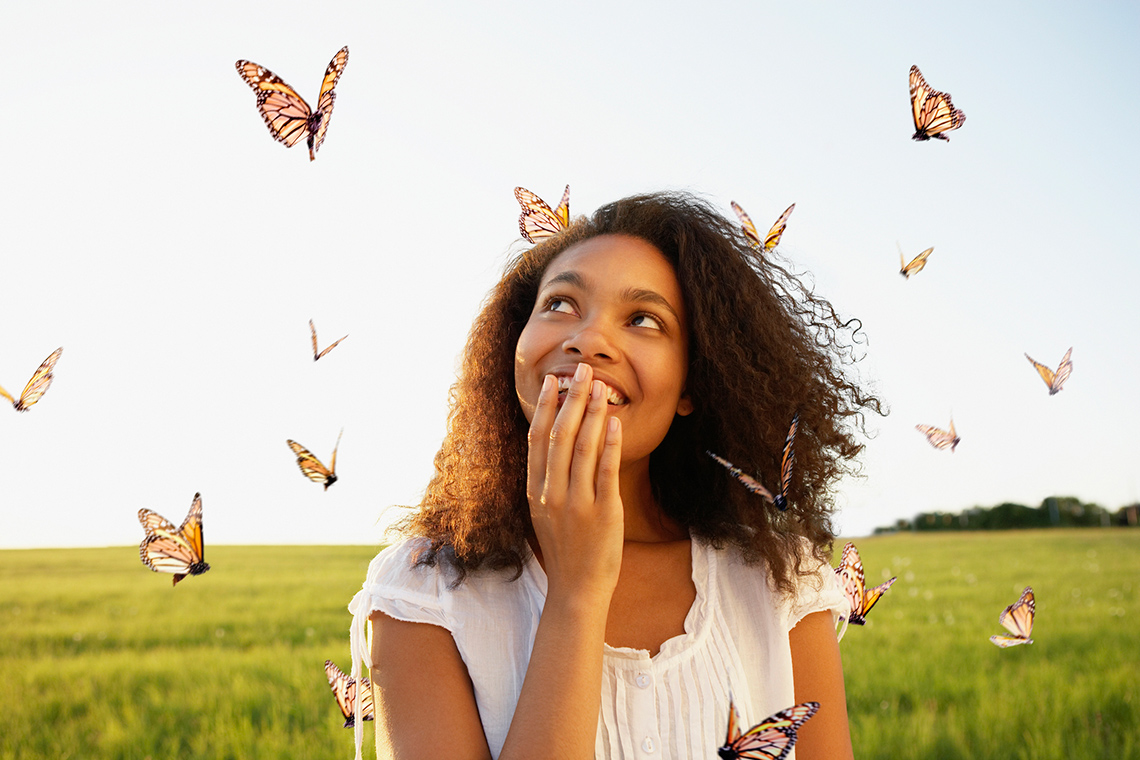
We can use movements to share the last two stages of a butterfly’s life cycle.
Movements can be used to share how the wiggly caterpillar continues the life cycle to becoming a big, beautiful butterfly.
Let’s explore the following stanzas from the poem, “What Will I Grow Up to Be?”
Think about the last two stages of the butterfly life cycle while checking the poem out.
Press the following tabs to access the stanzas.
Try It
Task 2: Your movements!
Now, create movements for the stanzas of the poem we explored.
Complete the Stanza and Movement Activity in your notebook or using the following fillable and printable document. If you would like, you can use speech-to-text or audio recording tools to record your thoughts. Consider adding your work to your dance portfolio.
Stanza and Movement Activity
Recall the poem’s stanzas to help create movements that describe the last two stages of the butterfly life cycle.
| Poem stanzas | Movement description | Movement tempo | Movement energy |
|---|---|---|---|
| “In this bed hanging by a thread, I am a chrysalis it is said.” | |||
| “When I come out, ever so slow, I dry my wings in the sun’s glow.” |
Press the ‘Activity’ button to access Stanza and Movement Activity.
Safety reminder
Always be sure to do your safety checks before any physical activity!
If possible, try any of your movements, and share them with a partner.
Portfolio
Dance creator

Reflect on the following questions:
- What do you think is your greatest strength as a dance creator?
- Why do you think this is your greatest strength?
Record your ideas in a notebook or another method of your choice.
Consider adding this dance creator reflection to your portfolio.
Consolidation
Dance on!
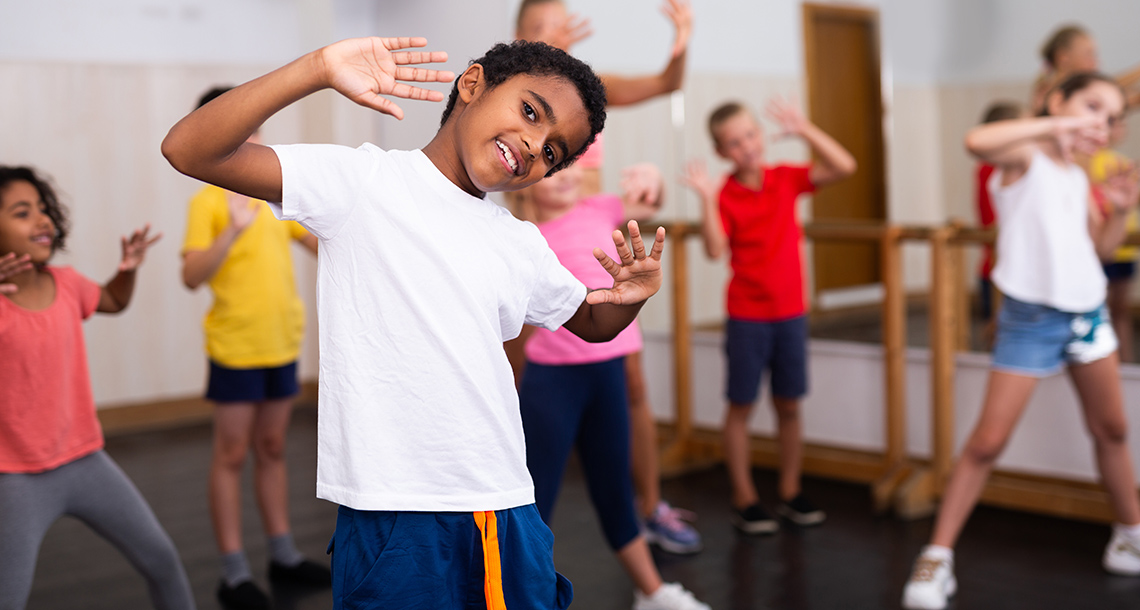
In the Action section, we created movements that represent stanzas from the poem, “What Will I Grow Up to Be?”
Now, let’s put those movements together to create a dance phrase.
Portfolio
Dance phrase
The dance phrase is a set of movements that will demonstrate the life cycle of a butterfly, just like the words in the poem do.

You will use the movements from the Words and Movements Activity and the Stanza and Movement Activity from the Action section.
To organize your dance phrase, complete the Dance Phrase in your notebook or using the following fillable and printable document. If you would like, you can use speech-to-text or audio recording tools to record your thoughts. Consider adding your work to your dance portfolio.
|
Stages of the life cycle |
Movement description |
|---|---|
|
Egg |
|
|
Caterpillar |
|
|
Chrysalis |
|
|
Butterfly |
Press the ‘Activity’ button to access Dance Phrase.
Safety reminder
Always be sure to do your safety checks before any physical activity!
If possible, try out of your dance phrase, and repeat it for at least three times.
Reflection
How do you feel about what you have learned in this activity? Which of the next four sentences best matches how you are feeling about your learning? Press the button that is beside this sentence.
I feel...
Now, record your ideas about your feelings using a voice recorder, speech-to-text, or writing tool.
Press ‘Discover More’ to extend your skills.
Discover More
- What do you feel you did well when creating your movements for the butterfly life cycle?
- What changes would you make if you had to come up with your movements again? Why would you make these changes?
Record your thoughts in a notebook or another method of your choice.


